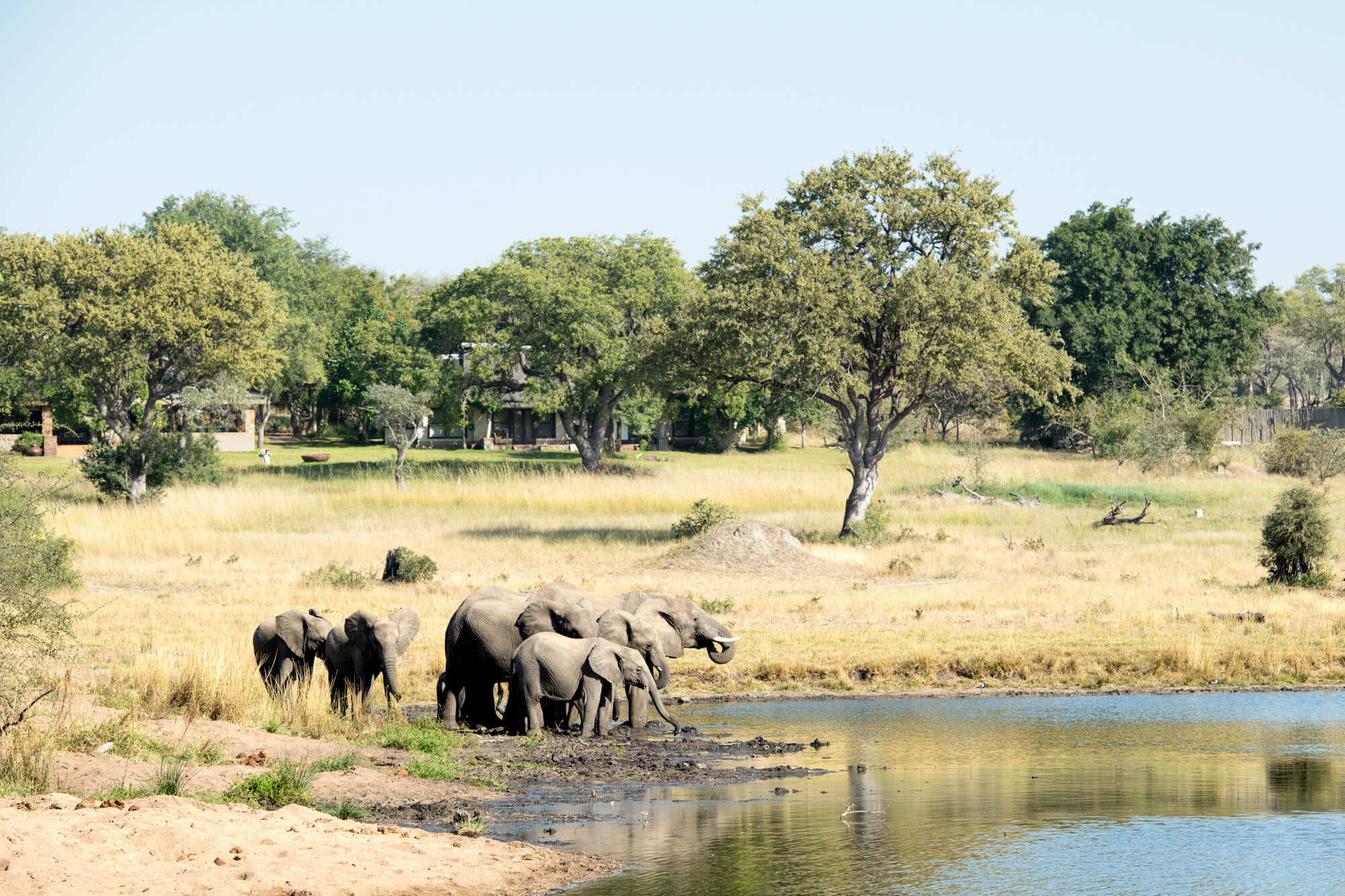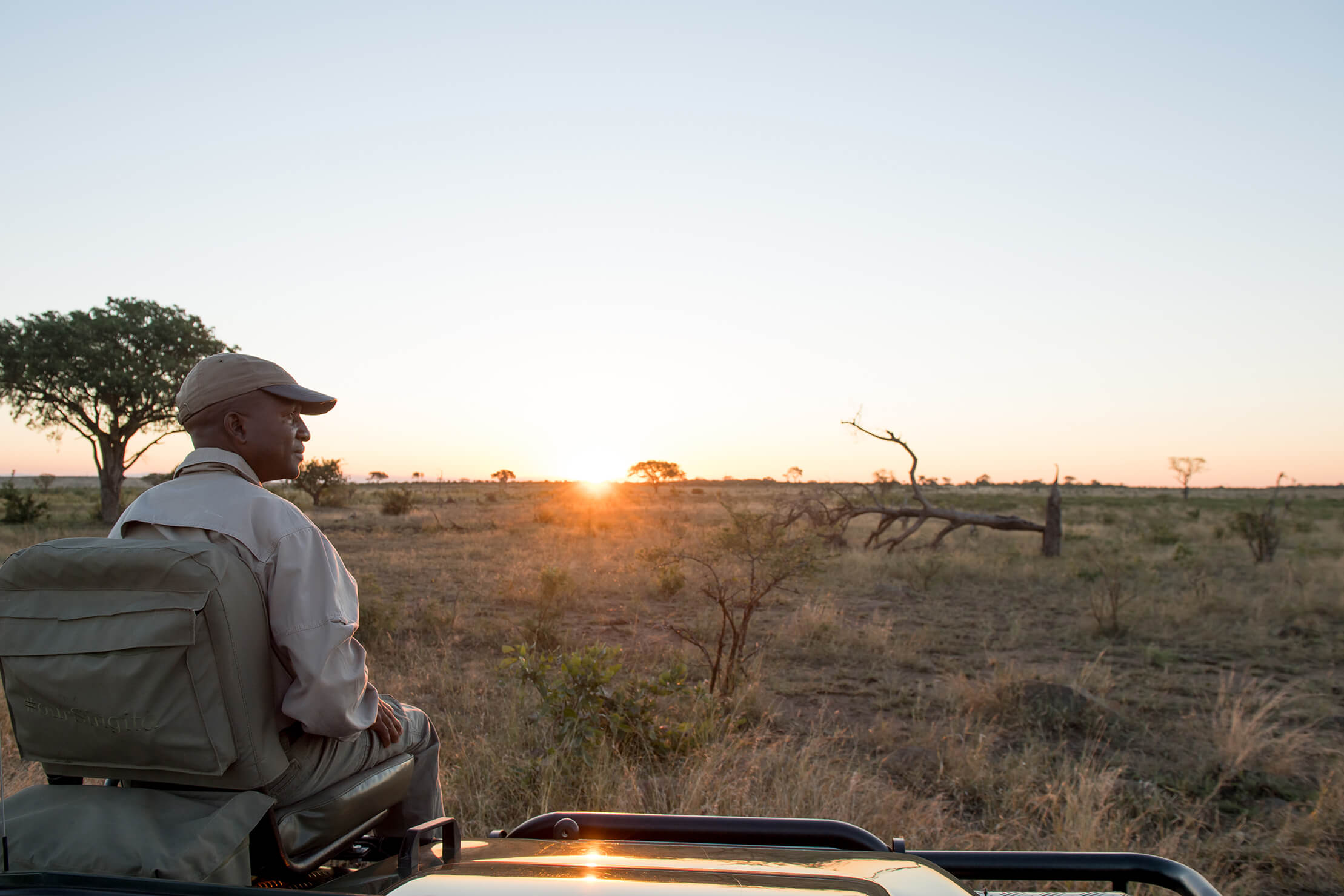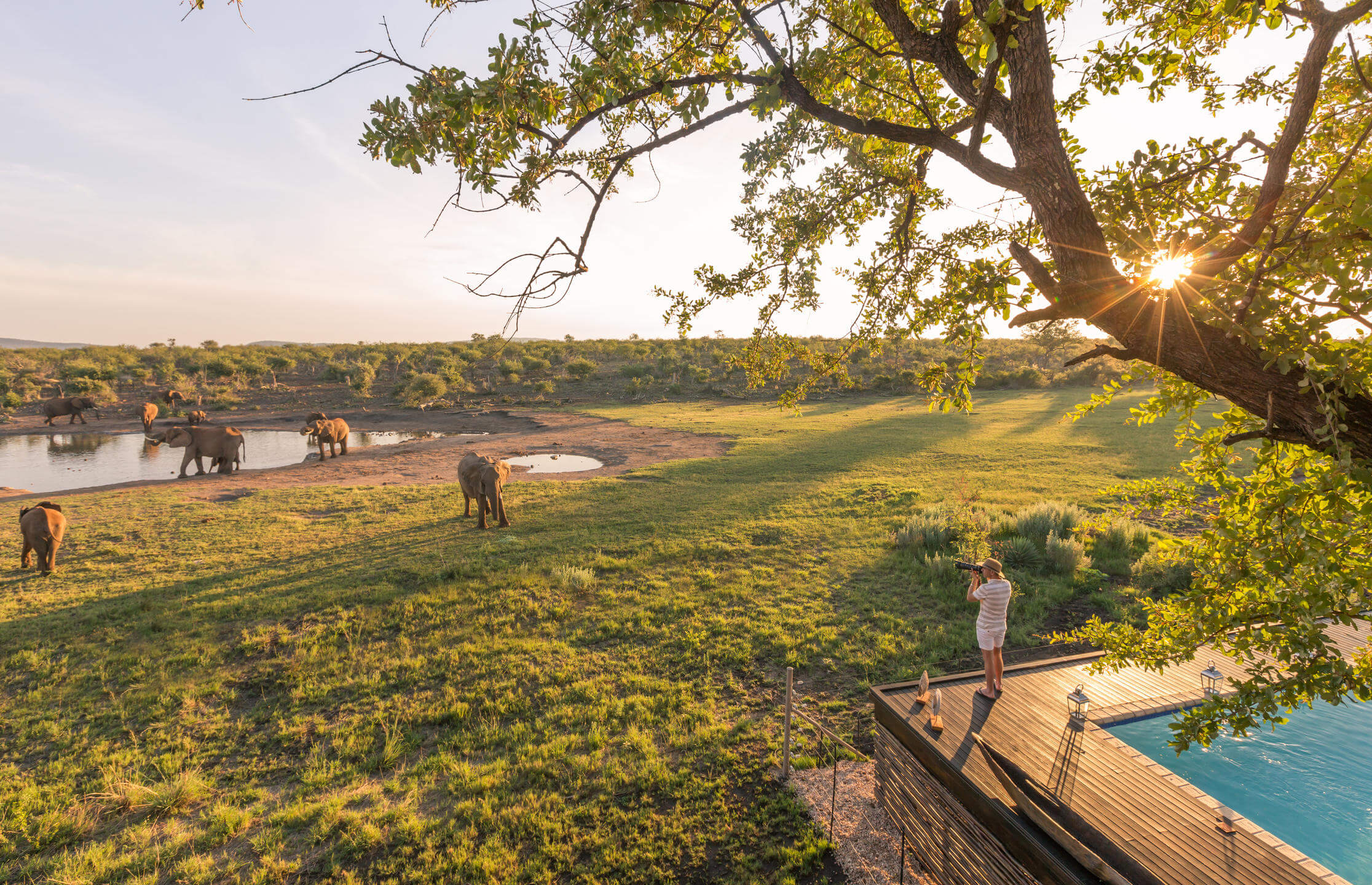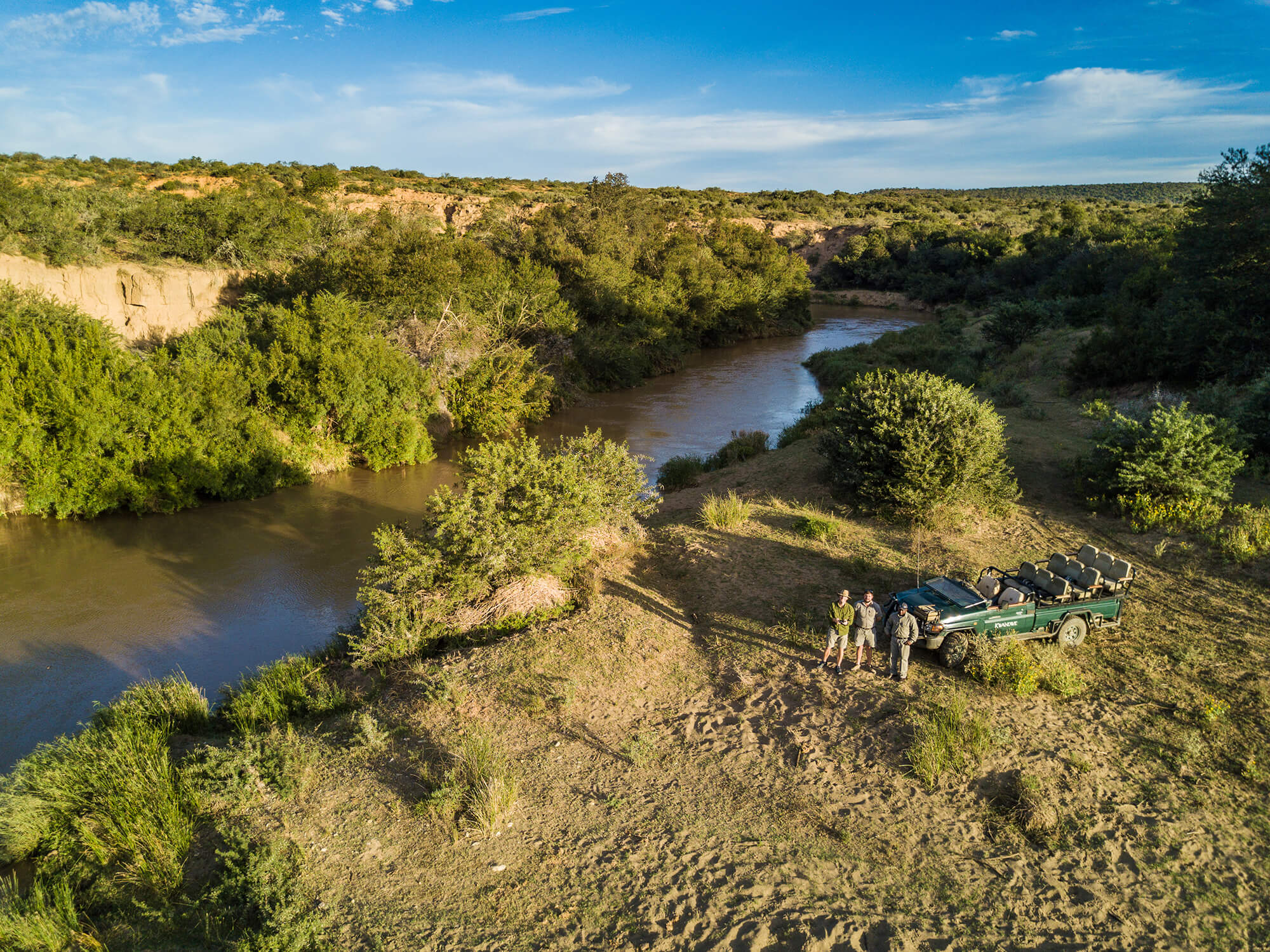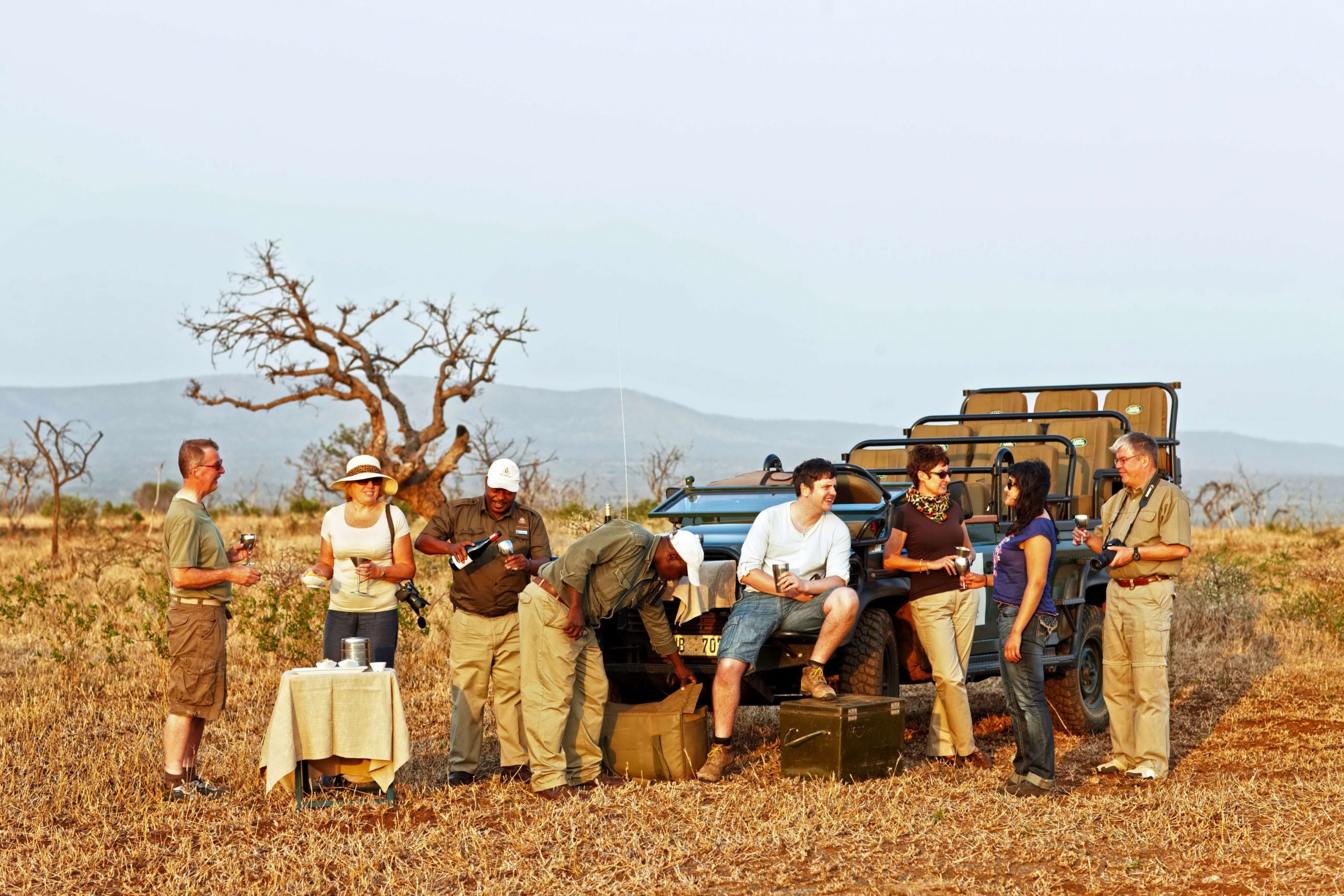When to go on safari in South Africa
Being such a large country with diverse landscapes and climates, a safari in South Africa is a great experience any time of year. Although peak season for travel throughout South Africa falls over the summer holiday months of December through to February, this is not necessarily the best time for wildlife spotting in all regions. Below is a breakdown of the most popular safari destinations in South Africa and the best time to visit each one.
Kruger National Park
The Kruger National Park is a great year-round destination with a wet season and a dry season each offering a unique safari experience.
Wet Season (summer): November to April
Dry Season (winter): May to October
Best time for safari: The dry winter season from May to October is the best time for wildlife viewing in South Africa’s Kruger National Park as vegetation is sparse making animals easier to spot. Although these months are dubbed the best time of year to visit, make no mistake, the Kruger is very much offers a high standard safari exeprience all year round.
Dry Season (winter)
- The dry sparse vegitations makes it easier to spot the animals.
- With less availability of water during the dry season, animals are drawn to drink at permanent watering holes.
- Warm daytime temperatures with little rain.
- Low malaria risk with fewer mosquitoes.
- Early mornings and evenings can get cold between June and August, especially when out on safari in an open vehicle.
Wet Season (summer)
- The dry landscape is transformed into beautiful lush green scenery.
- Sightings of new-born wildlife (which is also alluring to predators).
- Days can get uncomfortably hot and humid.
- Peak season for mosquitoes.
- Migratory birds arrive making it the best time for bird watching.
- Best time of year combining your Kruger safari with a beach holiday.
Sabi Sands Game Reserve
The Sabi Sands Game Reserve is a great year-round destination with a wet season and a dry season each offering a unique safari experience.
Wet Season (summer): November to April
Dry Season (winter): May to October
Best time for safari: The dry winter season from May to October is the best time for wildlife viewing in South Africa’s Sabi Sands Game Reserve as vegetation is sparse making animals easier to spot. Just like the Kruger, although these months are dubbed the best time of year to visit, the Sabi Sands very much offers a high standard safari exeprience all year round.
Dry Season (winter)
- The dry sparse vegitations makes it easier to spot the animals.
- With less availability of water during the dry season, animals are drawn to drink at permanent watering holes.
- Warm daytime temperatures with little rain.
- Low malaria risk with fewer mosquitoes.
- Early mornings and evenings can get cold between June and August, especially when out on safari in an open vehicle.
Wet Season (summer)
- The dry landscape is transformed into beautiful lush green scenery.
- Mightings of new-born wildlife (which is also alluring to predators).
- Days can get uncomfortably hot and humid.
- Peak season for mosquitoes.
- Migratory birds arrive making it the best time for bird watching.
- Best time of year combining your Kruger safari with a beach holiday.
Madikwe Game Reserve
Madikwe has a semi-arid climate and it is a great year-round destination with a wet season and a dry season each offering a unique safari experience.
Wet Season (summer): November to April
Dry Season (winter): May to October
Best time for safari: The dry winter season from May to October is the best time to visit Madikwe Game Reserve due to the dry climate and cooler tempretures. Although these months are dubbed the best time of year to visit, make no mistake, Madikwe Game Reserve offers a high standard safari exeprience all year round.
Wet Season (summer)
- The dry sparse vegitations makes it easier to spot the animals.
- With less availability of water during the dry season, animals are drawn to drink at permanent watering holes.
- Pleasant daytime temperatures with little -no rain.
- Early mornings and evenings can get cold between June and August, especially when out on safari in an open vehicle.
- May is consdiered an excellent tiem to vsiti in the dry season with warmer days
Dry Season (winter)
- The dry landscape is transformed into beautiful lush green scenery.
- Sightings of new-born wildlife (which is also alluring to predators).
- Days can get very hot, but not as humid as other regions.
- Longer days
- Migratory birds arrive making it the best time for bird watching.
- Best time of year combining your safari with a beach holiday.
Eastern Cape
The Eastern Cape is located between the Western Cape and KwaZulu Natal and the climate is considered a mixture of the two. Therefore the region boasts both a Mediterranean and subtropical climate.
High Season: September to April
Low Season: May to August
Best time for safari: The warmer months from September to April are considered the best time to go to the Eastern Cape for a safari. Although it can get cold in the winter months, it is a year-round destination for game viewing.
High Season (Sept - April)
- Great weather, although warm, the summer months are humid and this is the wetter season.
- Landscapes are lush and scenic.
- Migratory birds arrive in the area, so this is an ideal time for birdwatchers.
- Great for a safari and beach combination.
- Prices are higher than during other times of the year.
- Typical of spring there is abundant greenery and new-born animals make for remarkable wildlife viewing experiences.
Low Season (May - Aug)
- June to August are the coldest months, but the days are generally still beautifully sunny with clear skies.
- The lack of water in the bush means animals head to water sources for a drink which makes for easier wildlife spotting.
- Prices are lower during the winter period.
- Winter can get cold, especially when taking an early morning or evening safari in an open vehicle.
- Cozy nights by the fire are spectaculr.
KwaZulu Natal
KwaZulu Natal has a suntropical climate with hot, humid summers and dry, mild winters. In the winter there is much less rainfall than in the summer months.
High Season: October to March
Low Season: April to September
Best time for safari: The dry winter months from May to September are considered the best time to go on safari in KwaZulu Natal. KwaZulu Natal is however another of South Africa’s destinations which has plenty to offer year-round and presents a warm escape from the rest of the county’s cold winters.
Low Season (May - Aug)
- In the dry winter season the vegetation thins out and animals gather around water sources.
- The temperatures in the coastal regions remain warm.
- Although mornings and evenings can be cold, days are beautiful and sunny with little wind.
- The sky can be hazy with dust depending on the area you are visiting.
- Good time to combine a safari and beach holiday in the region.
High Season (Sept - April)
- Due to the abundance of water and lush vegetation wildlife viewing may not be as effortless.
- The peak of summer from December to the end of February can be extremely humid and hot.
- The wet summer season offers magnificent scenery and lush landscapes.
- Migratory birds are present making for excellent birding.
- Sightings of new-born wildlife (which is also alluring to predators).
